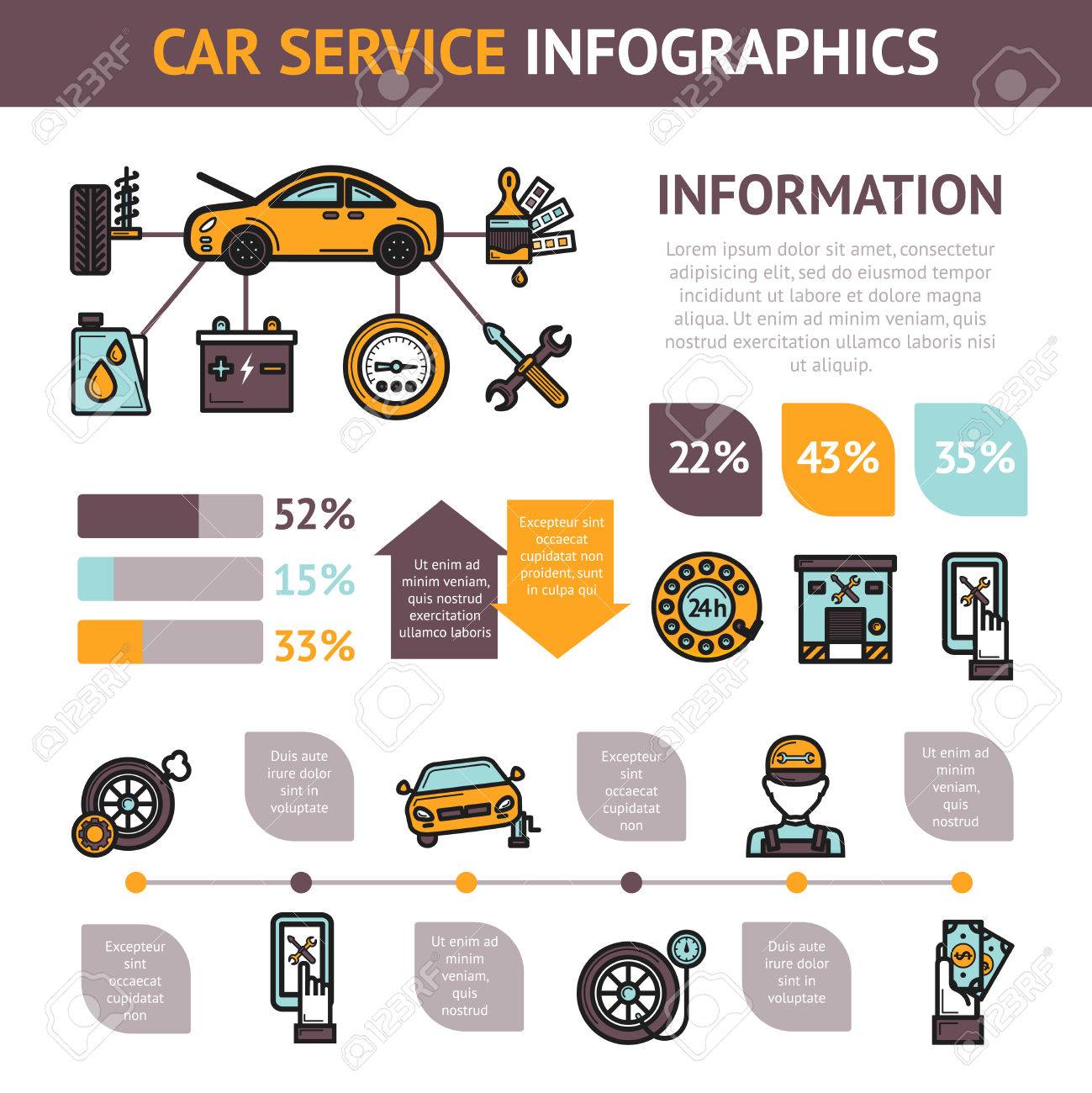Intend To Find Out More Concerning The Warning Lights On Your Control Panel? Discover What They Indicate Concerning Your Car'S Health And Safety
Intend To Find Out More Concerning The Warning Lights On Your Control Panel? Discover What They Indicate Concerning Your Car'S Health And Safety
Blog Article
Content Written By-Higgins Alvarado
When you're behind the wheel, those glowing caution lights on your control panel can be a bit difficult. Do you understand what they're attempting to tell you concerning your auto's health? Comprehending the relevance of these lights is crucial for your security and the durability of your car. So, the following time one of those lights appears, wouldn't you want to understand its message accurately and take the required actions to resolve it?
Common Caution Lighting and Interpretations
Recognize typical warning lights in your vehicle and comprehend their definitions to make certain risk-free driving.
The most common warning lights consist of the check engine light, which signals issues with the engine or emissions system. If this light begins, it's essential to have your automobile examined promptly.
The oil stress alerting light shows low oil stress, calling for instant attention to prevent engine damages.
inside car cleaner flashing battery light might suggest a damaged billing system, possibly leaving you stranded if not dealt with.
The tire stress tracking system (TPMS) light signals you to low tire stress, impacting car stability and gas efficiency. Ignoring this might bring about harmful driving problems.
The abdominal muscle light indicates an issue with the anti-lock stopping system, compromising your capacity to quit rapidly in emergencies.
Last but not least, the coolant temperature advising light warns of engine getting too hot, which can cause severe damages if not resolved quickly.
Understanding these common warning lights will help you deal with problems immediately and maintain secure driving problems.
Relevance of Prompt Interest
Recognizing the usual caution lights in your automobile is only the first step; the importance of promptly attending to these cautions can not be highlighted enough to guarantee your safety on the road.
When a caution light illuminates on your control panel, it's your cars and truck's method of communicating a potential problem that needs attention. Ignoring these warnings can lead to a lot more serious troubles in the future, endangering your safety and potentially costing you more in repairs.
Trigger attention to advising lights can protect against break downs and accidents. For example, a blinking check engine light could suggest a misfire that, if left unattended, can trigger damage to the catalytic converter. Addressing this without delay can save you from a costly fixing.
Similarly, a brake system warning light could indicate reduced brake liquid or used brake pads, important elements for your safety when driving.
Do It Yourself Troubleshooting Tips
If you see a warning light on your control panel, there are a few do it yourself troubleshooting suggestions you can try before seeking expert help.
The primary step is to consult your automobile's manual to comprehend what the particular caution light shows. Occasionally https://www.freep.com/story/money/business/michigan/2022/07/26/joel-landy-detroit-properties-cars/10115684002/ can be as basic as a loosened gas cap triggering the check engine light. Tightening up the gas cap might resolve the problem.
Another typical problem is a reduced battery, which can set off numerous warning lights. Checking the battery links for corrosion and guaranteeing they're safe and secure may deal with the issue.
If a caution light continues, you can try resetting it by detaching the auto's battery for a few minutes and then reconnecting it. In addition, checking your automobile's fluid levels, such as oil, coolant, and brake fluid, can help troubleshoot alerting lights related to these systems.
Conclusion
In conclusion, comprehending your vehicle's warning lights is vital for maintaining your lorry running efficiently and securely. By immediately addressing these notifies and knowing what they indicate, you can prevent pricey fixings and possible break downs.
Bear in mind to consult your automobile's handbook for specific information on each alerting light and take action accordingly to make certain a hassle-free driving experience.
Stay notified, remain secure when traveling!
